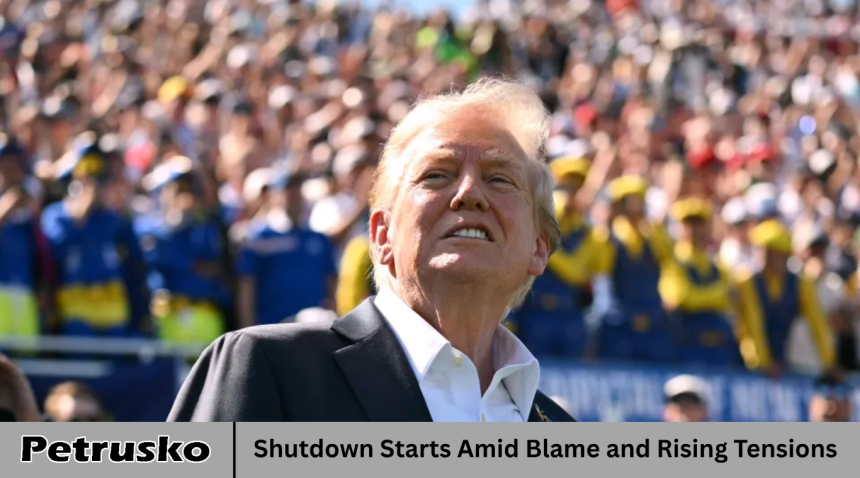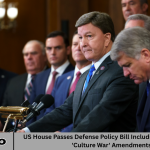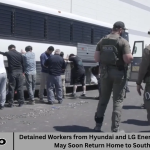The government shutdown has officially begun, marking a period of deep disruption across the country. Many federal services have come to a halt, and thousands of government employees face uncertainty about their jobs and pay. From national parks to federal agencies, the effects are being felt by citizens in different ways. While essential services continue to operate, a large number of programs and offices have either paused or slowed down dramatically, creating frustration and confusion.
At the heart of the crisis is political gridlock. Leaders from both major parties are sharply blaming each other for the impasse, each accusing the other side of failing to compromise or acting in bad faith. This blame game is only adding more fuel to an already tense atmosphere, leaving Americans caught in the middle. As the standoff continues, the need for clear communication and a workable solution grows more urgent by the day.
What the Shutdown Means
When a government shuts down, non-essential operations pause and many federal employees must stay home without pay. Programs that rely on federal funding may be delayed or temporarily suspended. Essential services like law enforcement and emergency care usually continue, but many day‑to‑day functions are affected. As this shutdown takes hold, its effects will be felt by government workers, citizens, and government contractors.
Why the Shutdown Happened
The immediate cause of the shutdown often lies in disagreement over federal budgets, spending levels, and policy priorities. In this instance, political divisions over funding allocations and legislative provisions have blocked agreement. Each side blames the other for failing to compromise. The result is a deadlock that prevents the continuation of government operations.
Reactions from Political Leaders
Political leaders have been quick to deflect responsibility onto their opponents. One side accuses the other of dragging their feet or pushing unfair demands. Another side claims their priorities were ignored. Loud public statements tone up the conflict even as negotiations continue behind closed doors.
Impact on Federal Employees and Public Services
Thousands of federal workers may go without pay while the shutdown is in place. Some may be deemed essential and required to work anyway, but stress and uncertainty grow. Many public services could slow down, from processing permits to providing social services. Citizens who rely on federal programs might be left waiting for help or assistance that is delayed.
Economic and Social Consequences
Shutting down the government can ripple across the economy. Markets may react poorly, and consumer confidence can decline. Businesses that rely on government contracts or federal employees as customers may see disruptions. Social consequences may include hardships for vulnerable populations who depend on government programs.
How the Shutdown Might End
Ending the shutdown requires political negotiation and compromise. Lawmakers may need to pass interim funding measures or resolve budget disputes. Public pressure can push them toward a solution. Sometimes, partial deals are struck to reopen large portions of government while longer-term negotiations continue.
Frequently Asked Questions
What exactly is a government shutdown?
A government shutdown occurs when federal funding expires and lawmakers have not passed bills to continue operations, leading to a pause in non‑essential services.
Who is affected by the shutdown?
Federal workers, contractors, citizens seeking government services, and programs funded by federal dollars are most affected.
What services continue during a shutdown?
Essential services like law enforcement, border security, and emergency care usually continue, while many other operations are suspended.
How long can a shutdown last?
A shutdown can last until lawmakers agree on funding or pass an interim measure. Some have lasted days, others weeks.
Can federal employees get back pay?
Historically, when a shutdown ends, Congress often approves back pay for furloughed employees, though it is not guaranteed.
How does a shutdown impact the economy?
It can reduce consumer spending, slow business activity, and create uncertainty in financial markets.
What is needed to end the shutdown?
Lawmakers must reach agreement on budget issues or pass legislation to fund the government again.
Conclusion
With the shutdown underway, blame is spreading and tensions escalating. The stakes are high for federal workers, citizens, and the government itself. The path forward depends on whether political leaders can set aside divides and reach an agreement that restores services and trust.










